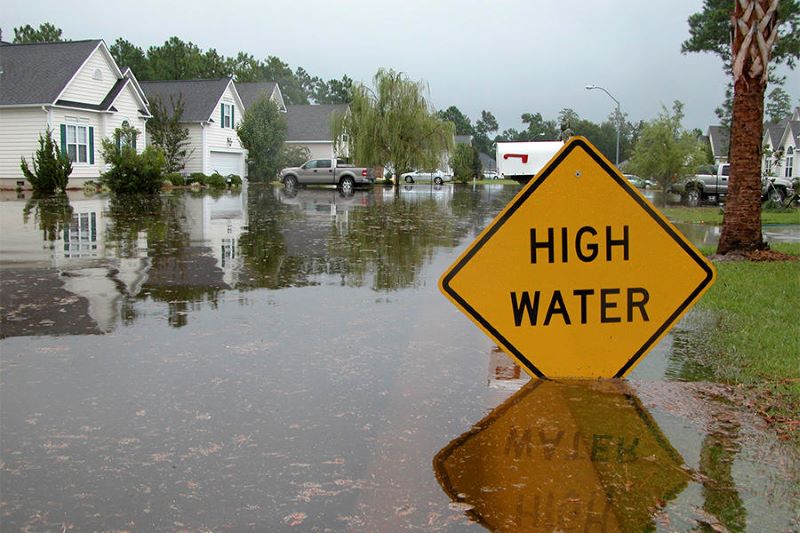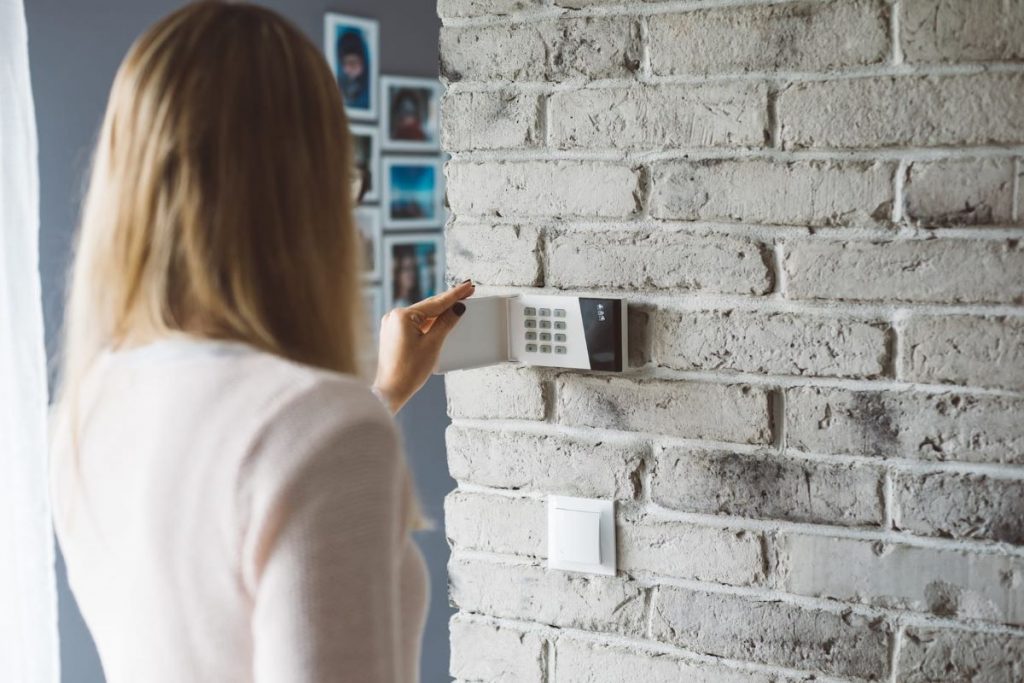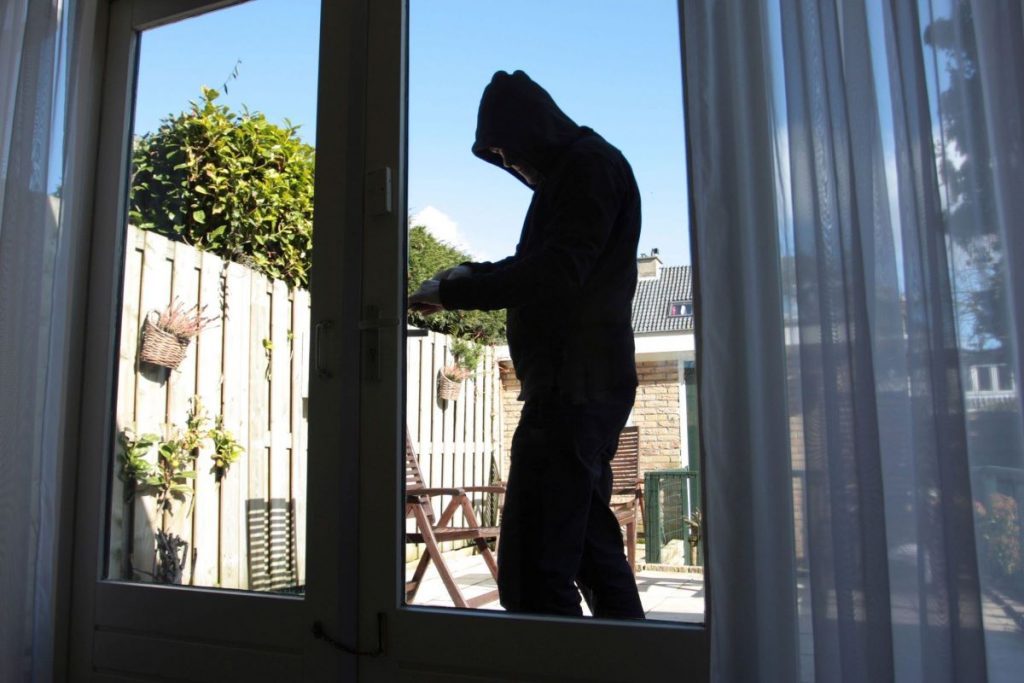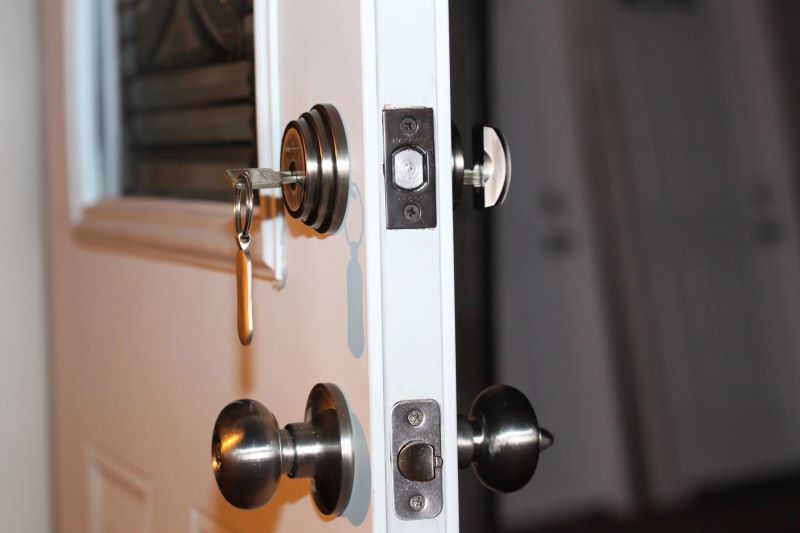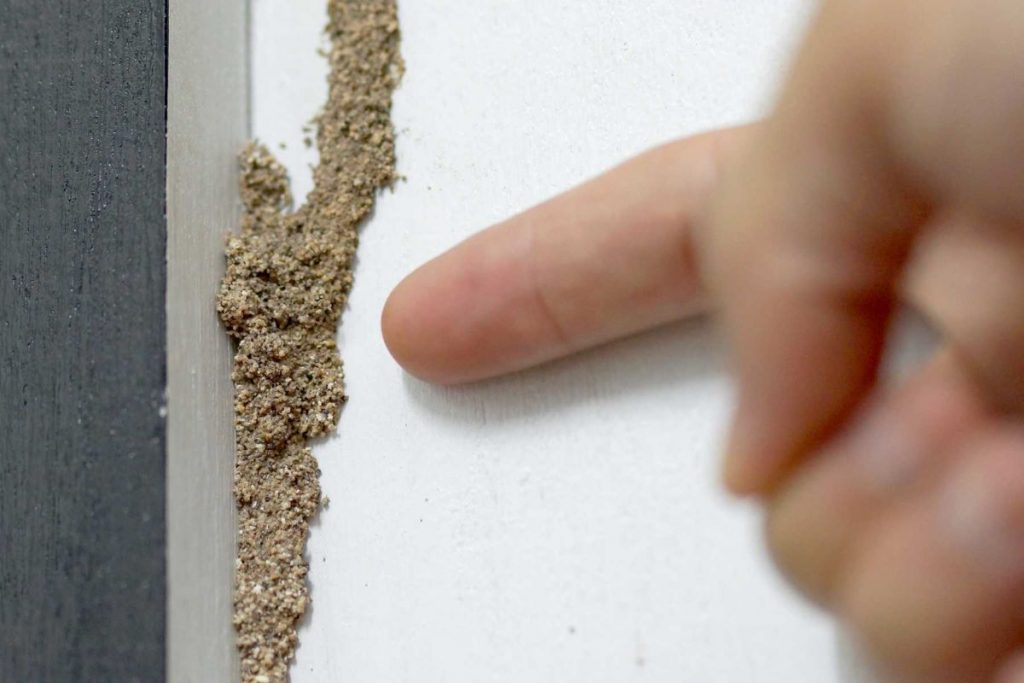Table of Contents
Flood damage is one of the worst devastation a homeowner could have to face; especially when it’s not your fault. In January of this year, Las Vegas was hit by flash floods after heavy rainfall caused water to pour into the valley.
Eye-witness videos showed grey skies blowing torrential rainfall sideways, causing trees to buckle in the wind and people to flee for cover. Cell phone videos uploaded to YouTube depict cars skidding down busy motorways, debris strewn across roads, and people in inflatable life rafts rescuing others stranded by the gushing water.
This isn’t the first time Vegas has flooded. In August 2017, there were several search-and-rescues performed after intense flooding suddenly hit the area and people became stranded. Storms conditions meant further chaos, including lightning striking a palm tree that caused $20,000 of damage as it fell.
If you live in a flood-prone area, you might have precautions in place to prevent the effects of flooding in your home. If your area doesn’t experience flooding but a one-off accident has occurred, you’re likely to be caught unprepared and now face a lengthy clean-up operation.
Whether a pipe has burst, your hometown has been hit by natural flooding, or for any other reason, restoring normality after water damage has ravaged your home is no easy task. Here are some simple ways this ordeal can be made slightly easier for you and your family, helping you to get your life back on track.
Preparing for a Flood
Here are some easy flood-prevention tips to safeguard your home and family from flooding:
- During stormy weather conditions, lock all doors and windows
- Place sandbags around door and window openings: keep sandbags in your garage or storage to be prepared for these occasions
- Collect other emergency materials like buckets, plywood, waterproof plastic sheeting, duct tape, and shovels
- Listen out for flood alerts in your area
- Run through an emergency procedure with your family – plan what you will do and where you will go if a flood hits
- Ensure everyone in the house knows how to shut off utilities in an emergency
- Store your important documents and valuable items in a secure, high location – like a secure water-tight safe stored on top of a wardrobe, or in the highest point of your house
- Install flood-proof doors in your home (or at least the outside doors) to prevent all possible water from entering the property.
How to Clean Up After a Flood
If it is safe to go inside the house (and ONLY enter if you have confirmed it is okay to do so with authorities), you can deal with some of the issues in the following ways:
- Empty the area of pooled water by opening doors (if the flooding has subsided outside) and using a broom to push out excess water
- When water levels are low, begin to mop up remaining puddles
- There may be a lot of silt and ruined carpets or flooring. Contact a local flooring company for help with repairs and replacements (they may need to check the foundations of your house are safe before replacing damaged floors)
- Dry carpets and upholstery that can be saved as quickly as possible – ideally within the first 24-48 hours – to prevent mold growth. Open windows to ventilate the area
- Report all damage to authorities and your home insurance provider
- If your basement is flooded, it’s recommended that you pump out 1/3 of the water each day, to prevent structural damage
- For help with restorations in your home, contact Vegas restoration pros who are a professional team dedicated to saving your property and belongings after flood damage
- When cleaning personal items and furniture, be sure to disinfect everything to remove any traces of outside dirt and bacteria that will have entered with the water
- Do not use any electricals that were submerged before they have been checked and certified safe by an electrician.
We hope these tips have helped you prepare for future floods, whether you reside in Vegas or elsewhere. Remember to keep safe and seek shelter on high ground as soon as possible during flooding.
